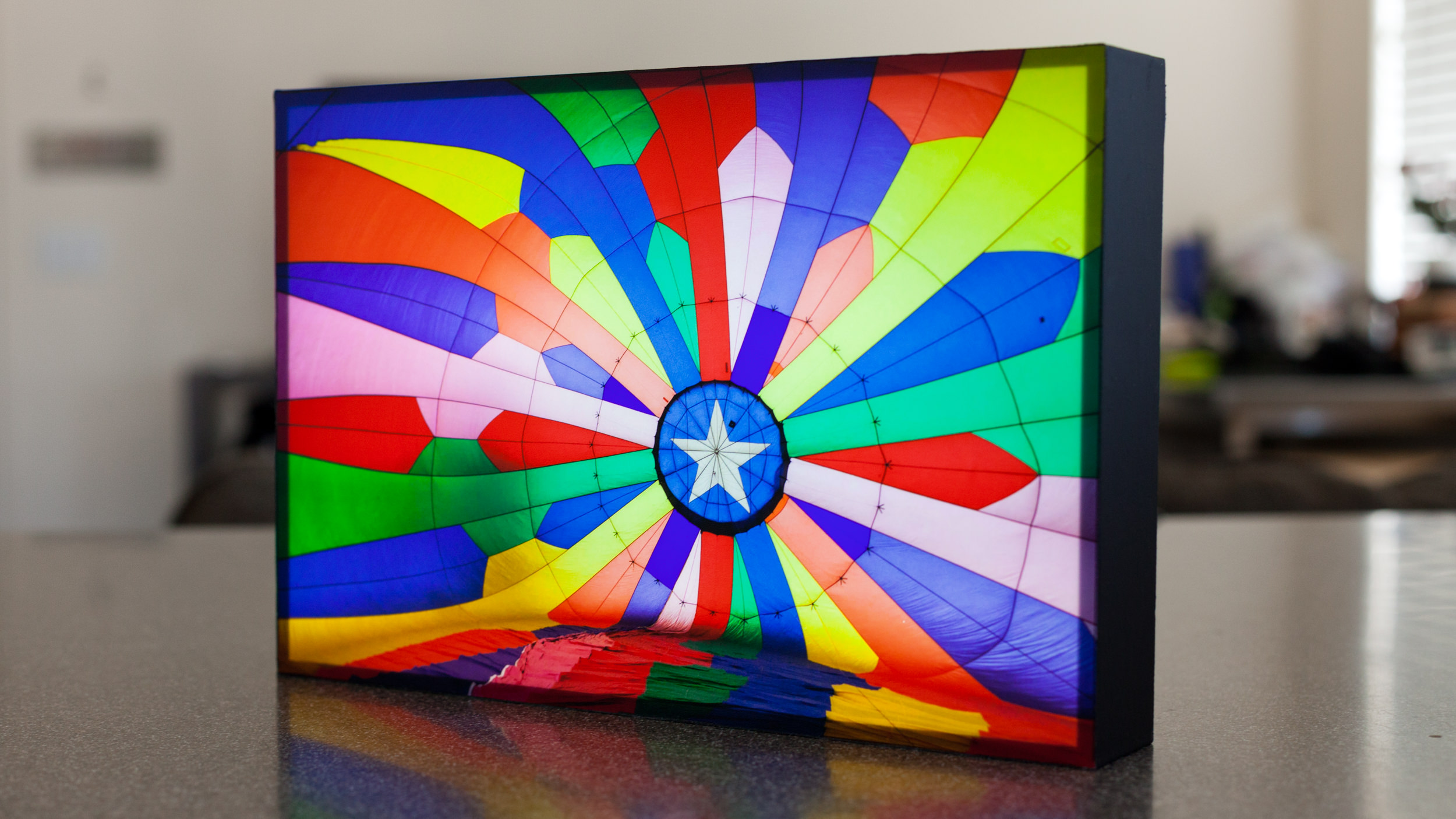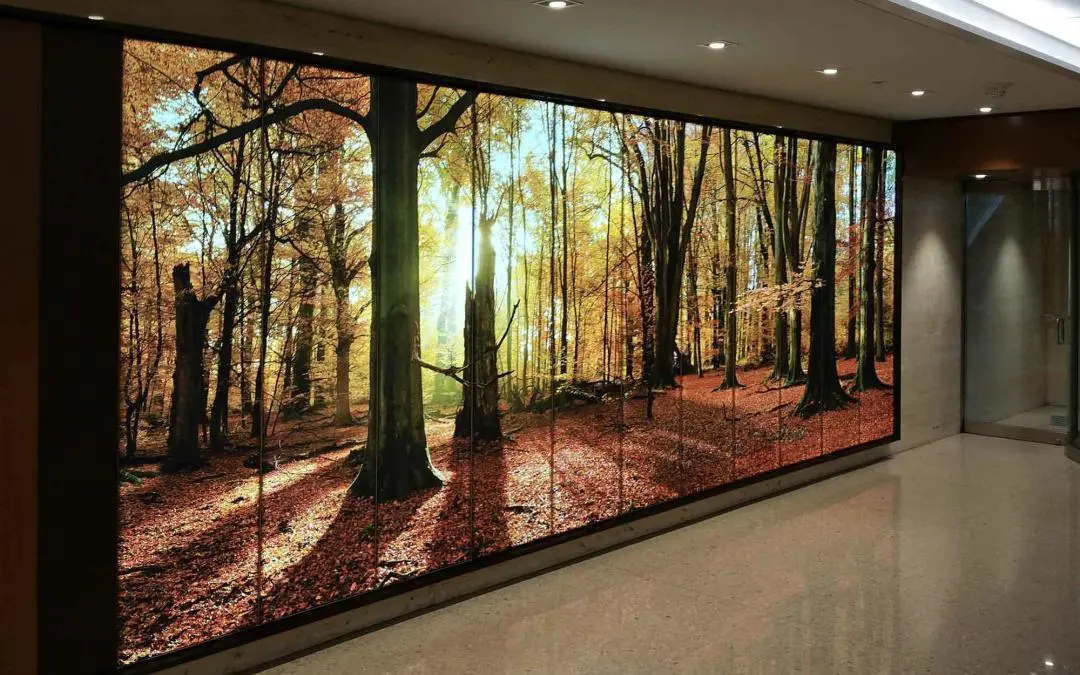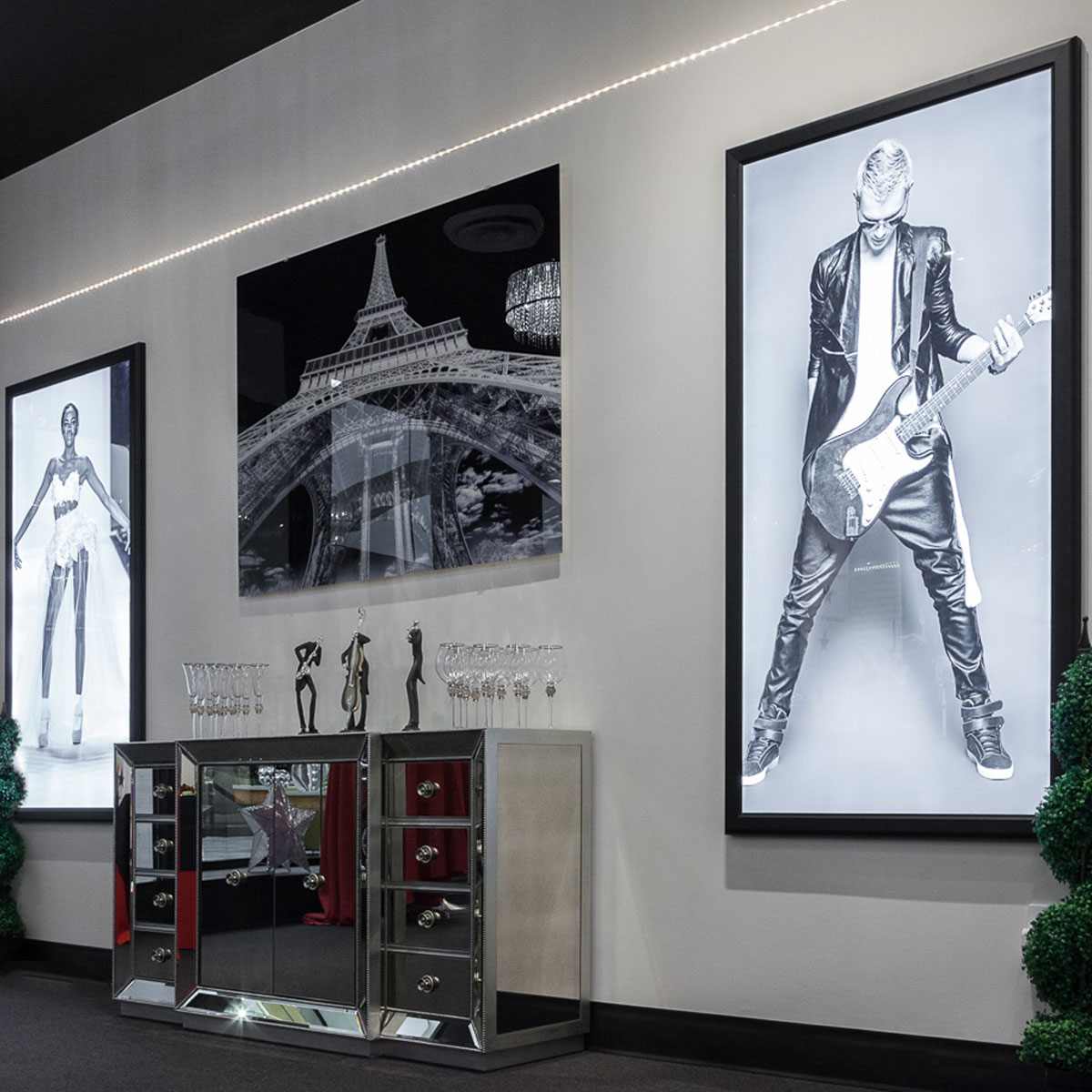
Inkjet printing roll: the flexible carrier revolution of modern advertising communication
In the field of visual communication, as an important substrate of digital printing technology, inkjet printing roll is reshaping the expression of commercial advertising and decorative art. This flexible medium based on high molecular polymer perfectly balances image expression and environmental adaptability through precision coating technology and material engineering innovation, becoming a key link between digital design and physical display. Unlike the limitations of traditional printing materials, modern inkjet printing rolls can customize physical properties according to the needs of application scenarios, from ultra-thin and light-transmitting car window stickers to wind-resistant and rain-resistant outdoor giant advertisements, providing almost unlimited possibilities for creative expression.
The core value of inkjet printing rolls comes from its multi-layer composite structure design. The substrate layer uses modified PVC or polyester materials, and the dimensional stability is enhanced by a biaxial stretching process. The thickness ranges from 0.3 mm to 1.0 mm and can be precisely controlled to meet the mechanical strength requirements of different scenarios. The surface coating is modified at the nano level to form a uniform microporous structure, which can quickly absorb various inks to achieve ultra-high resolutions above 1440dpi, and prevent image blur caused by dye diffusion. Weather-resistant products add UV absorbers and free radical scavengers, which are verified by ASTM G154 accelerated aging test and remain colorfast for more than 3 years under strong sunlight. The specially formulated pressure-sensitive adhesive layer achieves a balance between removability and high viscosity, and the characteristic of leaving no residual adhesive when peeling greatly reduces the installation and maintenance costs.
From the perspective of technical performance, high-quality inkjet printing coils show all-round excellent performance. The color reproduction ability covers more than 90% of the Adobe RGB color gamut, and the gradient color transition supported by the 12-color ink system is smooth and natural, completely eliminating the banding color gradation problem of traditional inkjet printing. Environmental adaptability tests show that IPX5 waterproof performance can withstand heavy rain, and the material flexibility remains stable in the temperature range of -30℃ to 80℃, adapting to various global climate conditions from polar research stations to desert cities. In terms of mechanical properties, the tensile strength of the coiled material after bidirectional reinforcement treatment reaches more than 80N/cm, and with the tear-resistant fiber mesh, it ensures that the super-large-size advertising screen remains intact in a strong wind environment.
The diversity of application scenarios drives the continuous segmentation of product series. In the field of outdoor advertising, mesh cloth with a light transmittance of 30%-70% solves the problem of wind load on high-rise building enclosures while maintaining visual penetration; the car body sticker series uses dynamic viscoelastic design to adapt to metal curved surface adhesion and withstand the impact of airflow of 120 kilometers per hour; the indoor decorative coils have developed three-dimensional embossing and tactile coating technology to imitate the effects of natural fabrics, wood and other materials. Industrial-grade products break through traditional cognition. Circuit board films printed with conductive inks can realize temporary electronic testing, and flame-retardant coils meet the fire safety standards of theater venues. These innovative applications continue to expand the possible boundaries of materials.
The advancement of digital printing technology and the development of inkjet coils form a benign interaction. The popularity of Latex water-based ink has greatly improved the environmental performance of coils, and VOC emissions have been reduced to 1/50 of traditional solvents; UV curing technology has promoted the printing speed to exceed 300 square meters per hour, while achieving the production efficiency of printing and using. The high-precision contour cutting system can automatically identify the edge of the image, and the error is controlled within ±0.3mm. The one-time molding ability of complex graphics greatly improves the installation efficiency. These technological advances have jointly built a complete digital workflow from design to installation, making small batches and personalized customization the norm in the industry.
Environmental transformation has become an important direction for material innovation. The plasticizer-free PVC formula has passed the most stringent phthalate restrictions of the REACH regulation, and the research and development of bio-based polyester materials has made breakthroughs. Some products have achieved a renewable raw material ratio of more than 30%. The innovation of the recycling system is worthy of attention. The coil using thermal stripping technology can achieve complete separation of the substrate and the coating, and the recycling purity is more than 95%. The establishment of a carbon footprint tracking system enables each roll of material to query the environmental impact of the entire life cycle, and promotes the industry to steadily move towards the goal of carbon neutrality.
The scientific installation process is the key to the performance of the material. The surface pretreatment standard stipulates that different substrates need to use special cleaners to remove grease and silicon compounds, and the contact angle test ensures that the best bonding state of more than 38mN/m is achieved. Temperature adaptability studies have shown that the best bonding strength can be obtained when the ambient temperature range is 10℃-40℃, and the auxiliary drying system needs to be enabled when the humidity exceeds 80%. Large-scale advertising installations have developed tension control technology, which determines the best order of posting through stress distribution calculations to avoid wrinkles and bubbles. These refined operating standards have allowed modern inkjet projects to bid farewell to empiricism and enter a new stage of scientific construction.
The improvement of the industry standard system provides a basis for quality control. The ISO 18936 standard sets grading requirements for the light stability of materials, and outdoor-grade products must pass a 3,000-hour xenon lamp aging test; ASTM D1004 specifies the test method for tear strength to ensure mechanical reliability during installation; the EU EN13501-1 fire rating certification sets clear flame retardant requirements for materials used in public places. These standards not only regulate product quality, but also provide scientific references for the selection of application solutions.
Future development trends show that inkjet printing rolls will develop in depth towards functional integration. The application of thermochromic materials can make advertising images present different effects with temperature changes, enhancing interactive appeal; breakthroughs in photovoltaic inks may enable rolls to have energy collection functions; the development of self-healing coatings is expected to achieve automatic repair of surface scratches and extend outdoor service life. With the penetration of Internet of Things technology, the combination of conductive pattern printing and RFID technology will upgrade traditional advertising carriers to intelligent information nodes, opening a new era of digital communication.
As the basic material for modern visual communication, the innovative development of inkjet printing rolls continues to promote the innovation of expression in advertising, decoration, architecture and other fields. From material science to printing technology, from installation technology to recycling system, this seemingly traditional product is building a bridge of infinite possibilities at the intersection of the digital and physical worlds through multidisciplinary cross-innovation. With the continuous breakthrough of technology, this flexible carrier will surely bring more surprises to the human visual environment.





